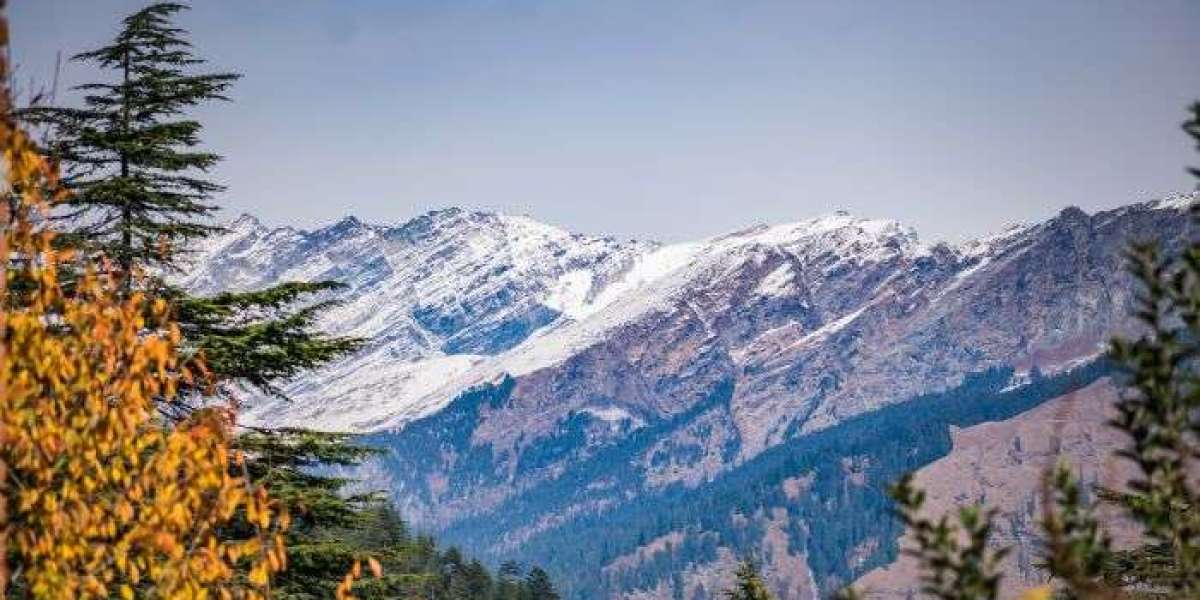Trekking in a group isn’t just about reaching a summit—it’s about shared memories, laughter on the trail, and helping each other through the rough patches. When planned well, a group trek can be an unforgettable journey through the majestic Himalayas. Here's a complete guide to organizing a successful group trek, whether you're hiking through lush meadows or conquering high-altitude passes.
1. Know Your Group’s Abilities
Not every trek suits every group. Begin by assessing everyone’s experience and fitness level. Gentle yet scenic treks like Kuari Pass, Ali Bedni Bugyal, and Dayara Bugyal are great for beginners. If your team seeks a bigger challenge, try high-altitude options like the Bali Pass Trek or Gaumukh Tapovan.
2. Choose the Right Season
Weather plays a key role. Summer is ideal for alpine routes like the Valley of Flowers or Phulara Ridge, while winter brings magic to snow-covered trails like the Kedarkantha Trek. Plan around availability, trail conditions, and group preferences.
3. Finalize the Trek and Book in Advance
Popular treks fill up fast, especially with reputed organizers like Himalaya Shelter. Early booking ensures better group deals, confirmed permits, and the comfort of a professionally managed experience.
4. Assign Roles Within the Group
Avoid confusion by assigning responsibilities:
- One person handles bookings
- Another manages transport or gear
- Someone monitors health and safety
This division helps streamline the planning process and keeps everyone involved.
5. Coordinate Gear and Packing
Trekking gear can vary by trek. For snow-covered paths like Chopta Chandrashila, you’ll need insulated layers. For moderate trails like Har Ki Dun, lightweight clothing and good shoes will do. Make a shared checklist and encourage gear-sharing to lighten the load.
6. Set Common Expectations
Discuss the purpose of the trek—whether it’s photography, nature immersion, or fitness. Align on the budget, daily routine, and emergency plans. This ensures smooth decision-making on the trail.
7. Keep Safety First
High-altitude treks require basic knowledge of AMS (Acute Mountain Sickness), hydration needs, and pacing. A group first-aid kit and basic training can make a big difference. It’s always wise to trek with a certified guide—another reason to choose professionals like Himalaya Shelter.
Conclusion:
Planning a group trek is an adventure in itself. With the right preparation, your group can experience the stunning beauty of the Himalayas without the typical hassles. From the mystical Valley of Flowers to the towering Gaumukh Tapovan, each trek offers something special. All it takes is coordination, the right trekking partner, and the spirit of adventure.













